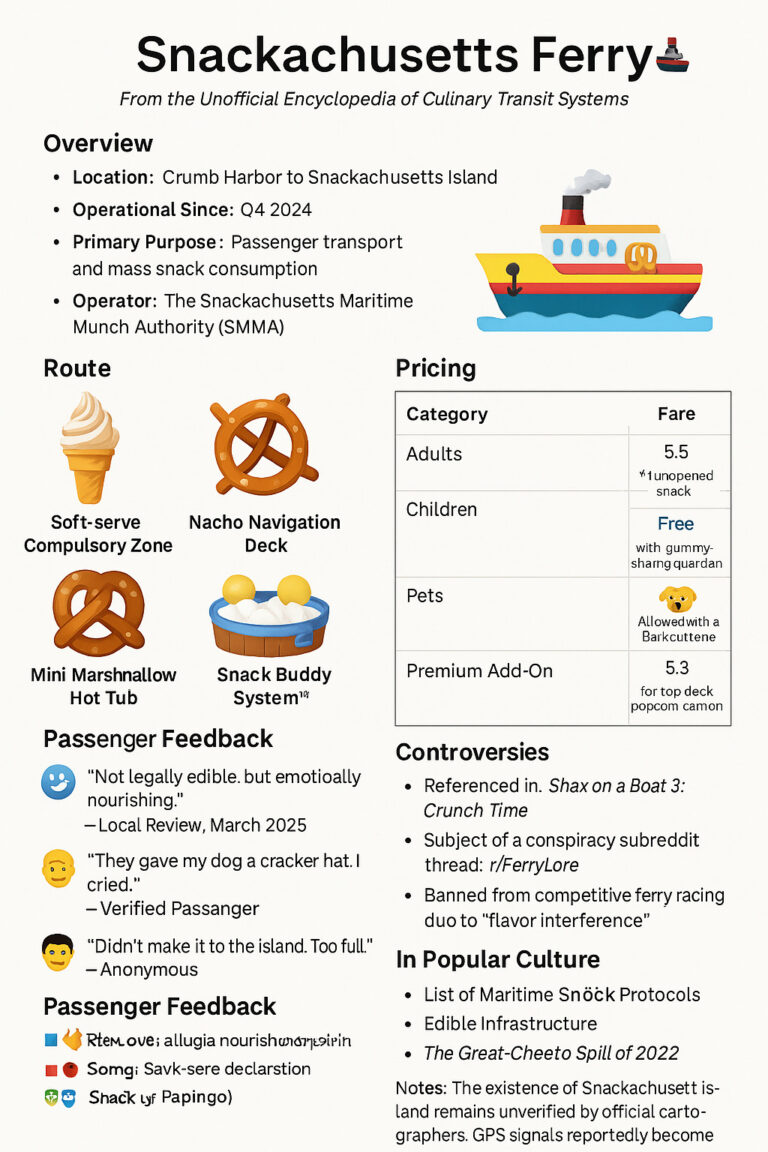The COVID-19 pandemic has ushered in a new normal for businesses of all sizes and industries. The global educational sector had its fair share, and teaching and learning resources have expanded in adoption. It’s not surprising that the education and e-learning industry surpassed $250 billion in 2020, recording an astronomic jump from its $144 billion value in 2019. In some countries, students have returned to the classroom, but the omicron variant continues to create an uncertain future for learning businesses, which makes the field of online training programs even more lucrative. On that note, here are three ways to help you grow your learning business.
1. Explore the e-learning options.

There’s no denying that education services as digital products are here to stay, and an online training platform is the next big thing. The e-learning industry’s growth statistics are enough proof of what’s in store for learning businesses going digital. Early proponents saw a $106 billion growth in under a year between 2019 and 2020. What’s more, experts predict an exponential compound annual growth rate (CAGR) of 21 percent between 2021 and 2027.
About 4.8 percent of all courses are offered online, and the United States has 57 percent of its student population subscribed to online learning platforms. No doubt, the growing number of users and the industry’s market size can reflect the education sector’s future in a post-pandemic world. So, going digital can be a great way to grow your learning business.
2. Monetize your site.
Making money as a learning business mirrors the trends in the education industry. Traditional sales funnels may be limited to tuition fees, and top platforms using the online model can equally sell courses online. However, digital educational businesses may have access to multiple revenue streams than traditional options, and every platform has its rules for making money. Many different ways exist for a learning business to leverage its website for revenue, and SEO deployment, for instance, can earn you significant traffic and conversions to your business.
What’s more, learning businesses can enlist content creators to create and generate revenue from creative videos on Youtube. Facebook also has a new way of generating revenue for publishers, but making money from Facebook videos involves subscribing to the platform’s monetization eligibility criteria. Learn how to monetize a Facebook page to start earning from your educational content on Facebook.
Generally, monetizing your business requires a great deal of data analytics. You can monitor each social platform independently or invest in omnichannel data discovery and analytics platforms to leverage your data. Note that content creation can be capital intensive; therefore, putting content behind paywalls is also a great option. Try to assess the various payment gateways to set your website and mobile app up for credit card and Paypal transactions.
3. Explore various marketing methods.

Like all businesses, marketing can be vital to your learning business’s growth. Several strategies exist to ramp up visibility for your learning business, but focusing on your audience and their unique educational needs can be the best way to go. Researching your target audience can afford you insights like what triggers a customer to make a purchase decision, among others. You can then develop your promotions and marketing campaigns with these insights, tailoring them to customer preferences.
Investing in a customer relationship management (CRM) tool can also complement your learning business’s marketing efforts. Often, customers may want to find out subscription packages and financial aid opportunities, among other queries. The more you attend to potential customers, the better your chances of converting them into active subscribers of your learning business.
All in all, many students worldwide are increasingly adopting strategies to study at their own pace. Therefore, growing your learning business as the best e-learning platform in your location may have a lot to do with learner convenience.






